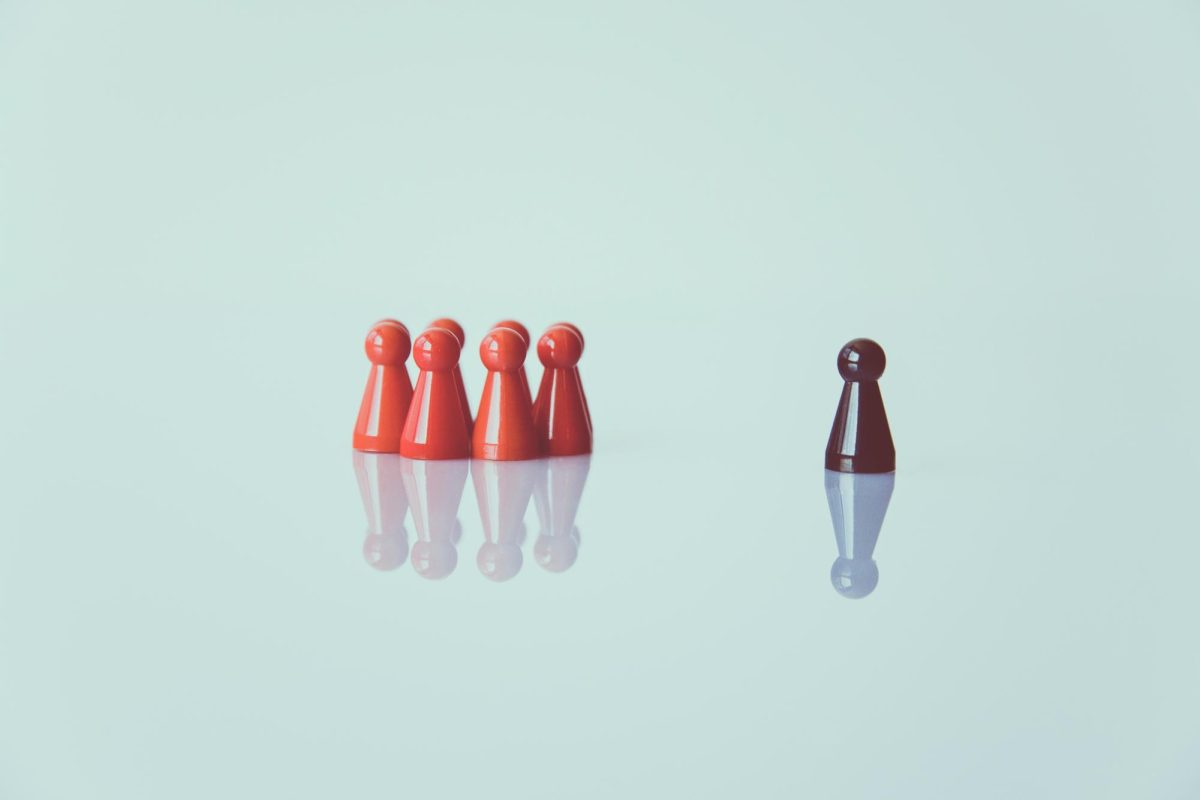Content Advisory: Mental health
Peer pressure, defined as “the influence of an action by a similar group of people to others,” is a current issue affecting people worldwide. Peer pressure results in issues for a variety of demographics of people and leads these people to form strong habits that are extremely difficult to break.
Currently reported by Centerstone, over 90% of kids, middle schoolers, and high schoolers have reported being affected by peer pressure. These forms of peer pressure can go anywhere from issues such as smoking and vaping to behaviors such as teasing and bullying. According to the Jamaica Hospital Medical Center, “the rate among teens that have three or more friends who smoke is ten times higher than those that reported none of their friends smoke.” This statistic is a sadly relative example of how peer pressure affects groups of teens within schools and in natural environments outside of academic facilities.
A common misconception about peer pressure is that the target and concern only focus on teens, but sadly, peer pressure expands to the modern-day life of an adult as well. Current examples of peer pressure for adults have shown to be prevalent in attire, drugs & alcohol, theft, and other issues that vary with age.
There are many ways of dealing with peer pressure, and any way you stand against it will benefit you in the future. Establish positive relationships and not associate yourself with groups that partake in problematic activities, which will only result in terrible outcomes. Overall, building your confidence and learning to say “no” will help you make better choices and avoid scenarios that set you up for a negative outcome. If you need help setting boundaries with your life & with others, see your counselor or contact one of the many the nonprofit mental health organizations. Centerstone (1-877-467-3123), to name one, is a great resource for help.


